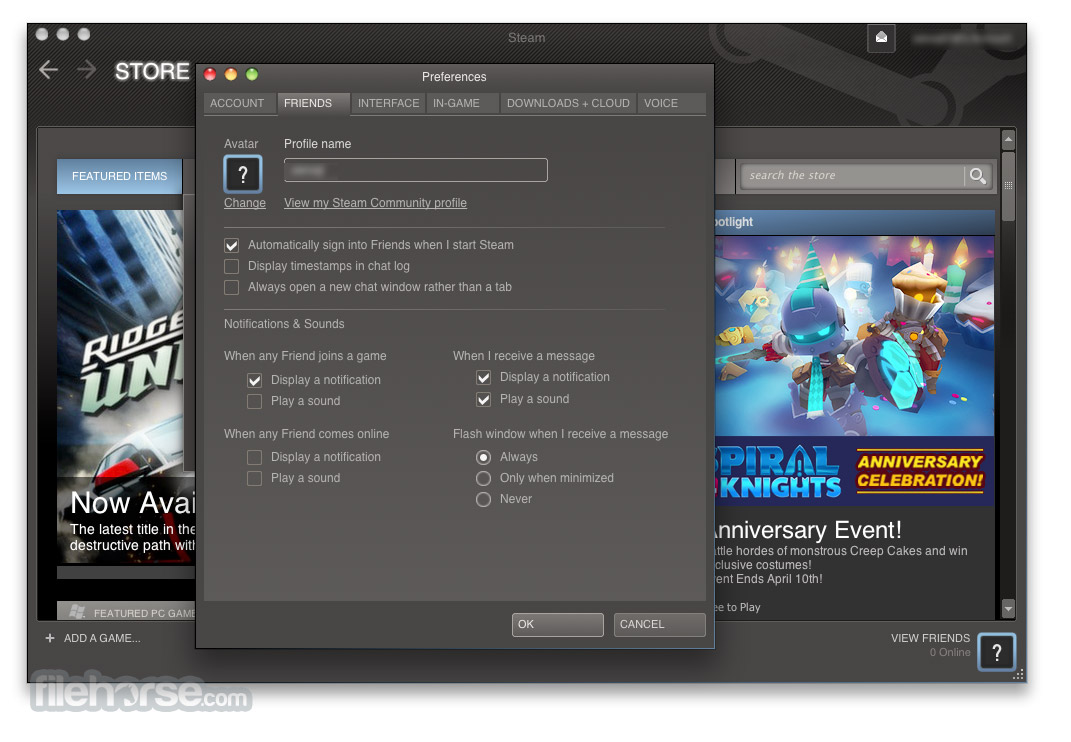

It's beyond the scope of this short guide to go into what specific tags do, but the vanilla objects and previous mods by members of the community will give you plenty of examples to work with. The image should be less than 1MB in size.Īt the root of your mod folder you can have a objects\ and graphics\ folder, this is where all the raw files or graphics goes (exactly the same as objects from previous versions of Dwarf Fortress) allowing you to tweak or add new content for the game.

This image will become the thumbnail when the mod is uploaded to Steam Workshop.
You can also create a thumbnail for your mod, by creating an image called preview.png in the same level as your info.txt file. You can use as many entries as you want, use a separate tag for each one. The STEAM_TAG and STEAM_KEY_VALUE_TAG are used by Steam's search engine and the categorization. This is automatically managed when uploading to Steam the first time, and required if you wish to update an existing Steam Workshop mod. The STEAM_FILE_ID used to identify the mod in the Workshop. Only ID and NAME are required to appear in the in-game mod menu. The game will detect all mods that are properly made in this folder and let the user select which mods to play (see below.) Otherwise, manually download the mod, then place the mod zip file or the unzipped mod folder into the Dwarf Fortress mod folder (if this folder doesn't exist, you can create it.) You can have more than one mod in the mod folder, including different versions of the same mod. Users of the Steam version can subscribe to mods on the Steam Workshop, once the download is complete they will be available when creating a new world automatically. 
Mods can be acquired using the Steam Workshop (if using the Steam version), a manual download from Bay 12 Forums or third party websites (like DFFD), or by creating one yourself.







 0 kommentar(er)
0 kommentar(er)
